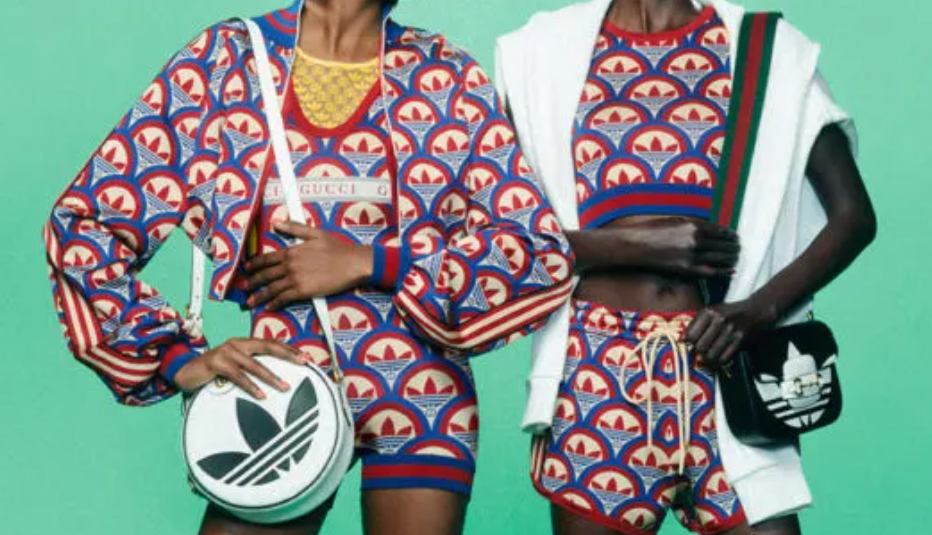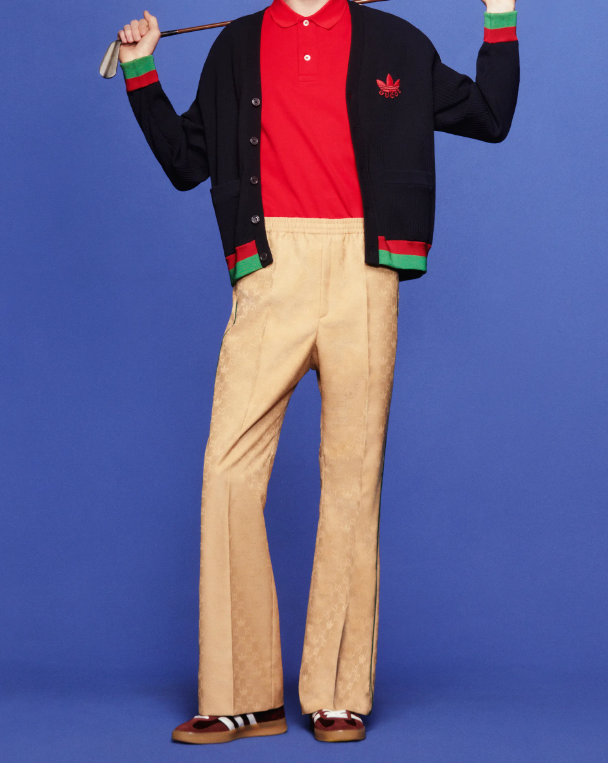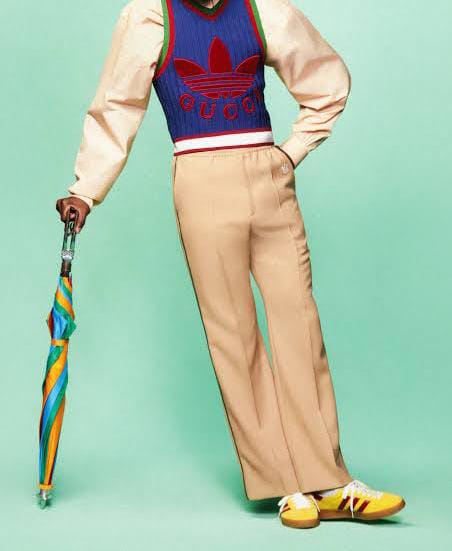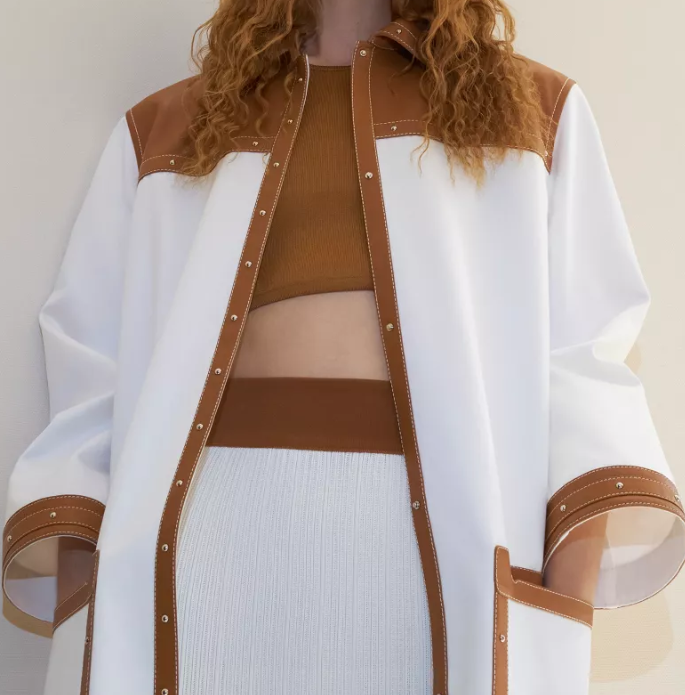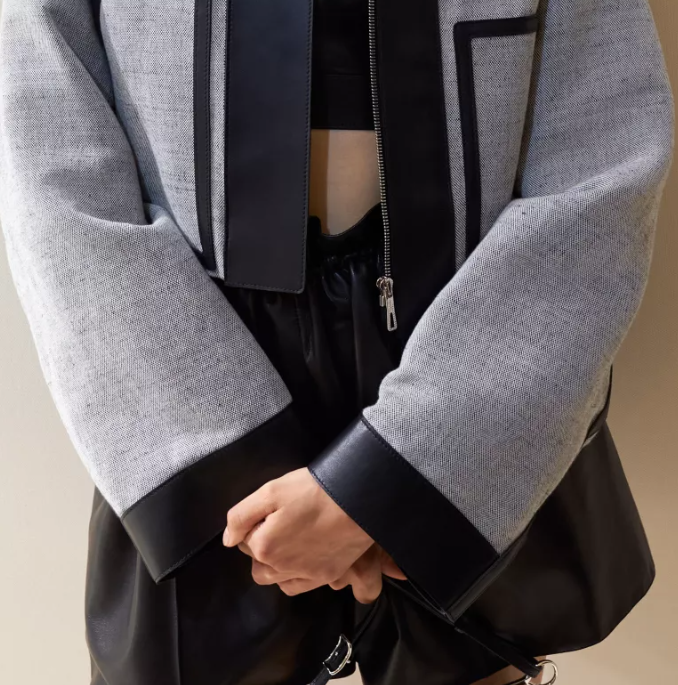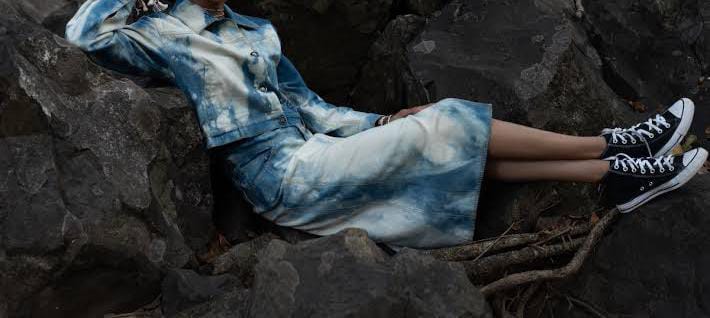The Group of Seven (G7) is a consortium of seven economically powerful and liberal nations that meet to discuss and resolve issues related to world peace, economy, climate change, and other pressing matters. It’s a serious affair.
So imagine, when the leaders of G7 nations – who are Joe Biden of the US, Justin Trudeau of Canada, Boris Johnson (former Prime Minister of UK), Fumio Kishida of Japan, German Chancellor Olaf Scholz, Emmanuel Macron of France and Italian Prime Minister Mario Draghi – posed for their group photo in Germany after June’s summit this year, they made an unprecedented move. They all took off their ties. Even as they stood formally, there was an air of ease. Soon, camaraderie set in as they put their arms on each other’s shoulders and jovially laughed for the cameras. The codes of fashion have changed indeed.
The pandemic has made unimaginable changes in our lifestyle – from the way we eat to the way we think. Fashion, too, has been a victim of pandemic. Or well, not a victim. Fashion got reincarnated in a never-seen-before style.
Looks from the Adidas-Gucci collaboration.
The Days of Pyjamas
Remember those wonderful, glorious days when ‘work’ meant plonking down on a plush sofa, coffee mug in hand, sun streaming in through the window, and being comfortable in pyjamas? Soft, comfortable, flexible pyjamas.
Not that those days are over, but pyjamas, leggings, stretch pants, yoga pants – they all have gone through an evolution since then. A case in point is the collaboration between Gucci and Adidas. Virgil Abloh’s last collection for Louis Vuitton featured patchwork pyjamas. Versace and Tory Burch have glamorous leggings that are as comfortable as crowd-pulling. Countless formal, luxury brands have embraced the trend for pyjamas and released their own stylish interpretations. It’s like the sneaker revolution.
When Reliance Brands invested in Indian designer Anamika Khanna, the formal statement said that the joint venture will be responsible for starting and developing a new brand, called AK-OK, which “creates a bridge between the luxurious and the relaxed, to create a distinct personal take on style and not be dictated by trends or others”.
As people refuse to give up comfort, they are increasingly demanding athleisure clothing which will take them from day to night, and street to party. Designer Dolly J., who recently showcased at India Couture Week, echoes this sentiment: “Thanks to the pandemic, the take on pyjamas has completely changed. These days pyjamas come in beautiful colours and print which can actually be worn outside the home too.”
Does that mean workwear is dead?
Well, not exactly. There is a nostalgia for days when board room meetings meant crisply clothed people sitting in attention. Sharp suiting was matched with sharp minds. Office was not just a place to work but define your personality through your fashion choices. It was all about “dress like you mean it”.
However, workwear is no longer as suited booted as it was before. Corporates have changed their requirements to appeal to their staff as they bring them back into the fold. A 2-year-long habit is difficult to change after all! Polos with jeans, loose comfortable blouses, flat pumps are all welcome. “Formal wear need not be boring, fresh new takes on shirts with interesting cuts and collars, and contemporary designed trousers can make formal wear also fun,” adds Dolly J. Versatility in leisure and workwear is the new fashion order.
Hermès Collection.
The streets show that people missed their heels, couture, their embroidered stoles and sequenced bags. As the world gets together again, these prized possessions are coming out of the closets to see the light of the day again.
There was a lull in high couture for the most part of pandemic. But with people striding out again, those heels are in demand. Hyderabad-based designer Mrunalini Rao says, “Seems like consumers have become a lot more fashionable now and their knowledge for exclusive craftsmanship is growing. The purchase rate is way beyond what it used to be and only multiplying. People have become more aware of fashion, couture and they would like to invest in them for their very special day.”
Luxury brand Hermes was a first-hand witness of this behaviour when, according to WWD, they reopened their Guangzhou, China store after a few months into the pandemic to see a mass of sales amounting to a thunderous $2.7 million on a single day. Rare bags, including a diamond-studded Himalayan Birkin, were shipped to the location. VIPs from across the wealthy Guangdong province in China descended on the store to purchase tableware, shoes, furniture and leather goods. “Revenge buying” is a phenomenon that many brands have experienced as they continue to open their stores.
L-R: Mrunalini Rao; Tarun Tahiliani
According to all reports, the big, fat, glittering Indian wedding is back. When the government had restricted weddings to 50 guests only, brides and family members resorted to lighter, subtler wedding wear. After all, what’s the point when there’s no one to see?
Indian designer Tarun Tahiliani, notably, designed his Spring Summer 2021 collection with precisely this thought in his mind. “Persian jaali in monuments has always been of great inspiration to me and I love to find ways to incorporate it in my design work. This season I have used laser-cut jaalis in 3-4 tones on light silk, accentuated with kasab and kundan and the use of precisely cut gota, not only to ensure the sumptuousness of these techniques but also to maintain lightness in the final garment,” Tahiliani had said during the launch of this collection.
However, as the size of Indian weddings bounces back to 500+ people, the bride’s lehenga must match the extravaganza too. Tahiliani’s latest Bridal Couture 2022 collection features velvet, brocade, silk, chanderi and other sumptuous fabrics, embellished with fine, delicate kashida, aari, zardozi embroidery on every inch of the fabric.
The silhouettes of festive wear, in general, have become more modern as the millennial and Gen Z generation merges tradition with smart practicality. Less voluminous skirts, slim shararas, off-shouldered gowns, kurtas with pants, corset blouses, lehengas with pockets – these are all trends that seem to stick, even after the pandemic seems to be (finally) dissipated.
A look from the Moonray Collection.
The world’s sufferings have been great indeed. The pandemic afforded us not just some extra time, but time to think and re-think our actions. Whether it was a lab-created virus or a natural phenomenon, Covid-19 showed us what we have and what could be. Once the world stalled, our waters became cleaner, the sky was less grey, and nature thrived. People started realising what they had done, and sought answers on how to make it better. Sustainability became a household mission, rather than just a fancy term.
Fashionistas are now asking questions. They are assessing the entire life cycle of the brands they wear. They are rearranging their wardrobes as they recycle older pieces to reflect trendy ideas. And they are investing in classics. Ms. Rao agrees to this trend: “People have become aware of what the world is going through, and they want to adapt a sustainable lifestyle. On this note, many fashion labels and clients want to reduce waste that gets added through excess production and excess buying, hence moving forward with timeless classics.”
Brands, on their side, are taking note and investing in organically produced and recycled fabrics, plant-based materials, and slower production. H&M Group is aiming for 100 per cent of the materials to be either recycled or sourced in a more sustainable way by 2030. The new sports brand H&M Move is almost at 85 per cent, starting with 99 per cent of the polyester sourced for its assortment being recycled and all cotton that is used in its collections is more sustainably sourced.
Moonray, an Indian brand by Karishma and Avantika Swali promises cultural sustainability as it celebrates the organic evolution of Indian handcraft and traditional techniques into a contemporary timeless design. The brand works with weaving communities in Kutch and Gujarat for their lined organic fabric cotton.
Many international brands are now using vegan leathers and alternative fabrics to weave their designs – such as Pinatex (pineapple leather), apple peel leather, corn husk and more. From Ermenegildo Zegna to Missoni, everyone is finding ways to re-turn the cycle of fashion back to when things were cleaner, slower.
The millennial and Gen Z are observant generations that have taken note of what the new world demands. They make smart decisions, beyond the glitz and glamour of a previous era. Both these generations were already asking the right questions before the pandemic struck. The pandemic, pretty much, underlined and boldened them. It is no longer time for discussion, but action. And these new, post pandemic fashion trends highlight that.
Words by Soumya Jain Agarwal.
Images via Gucci, Hermès, and Moonray.
